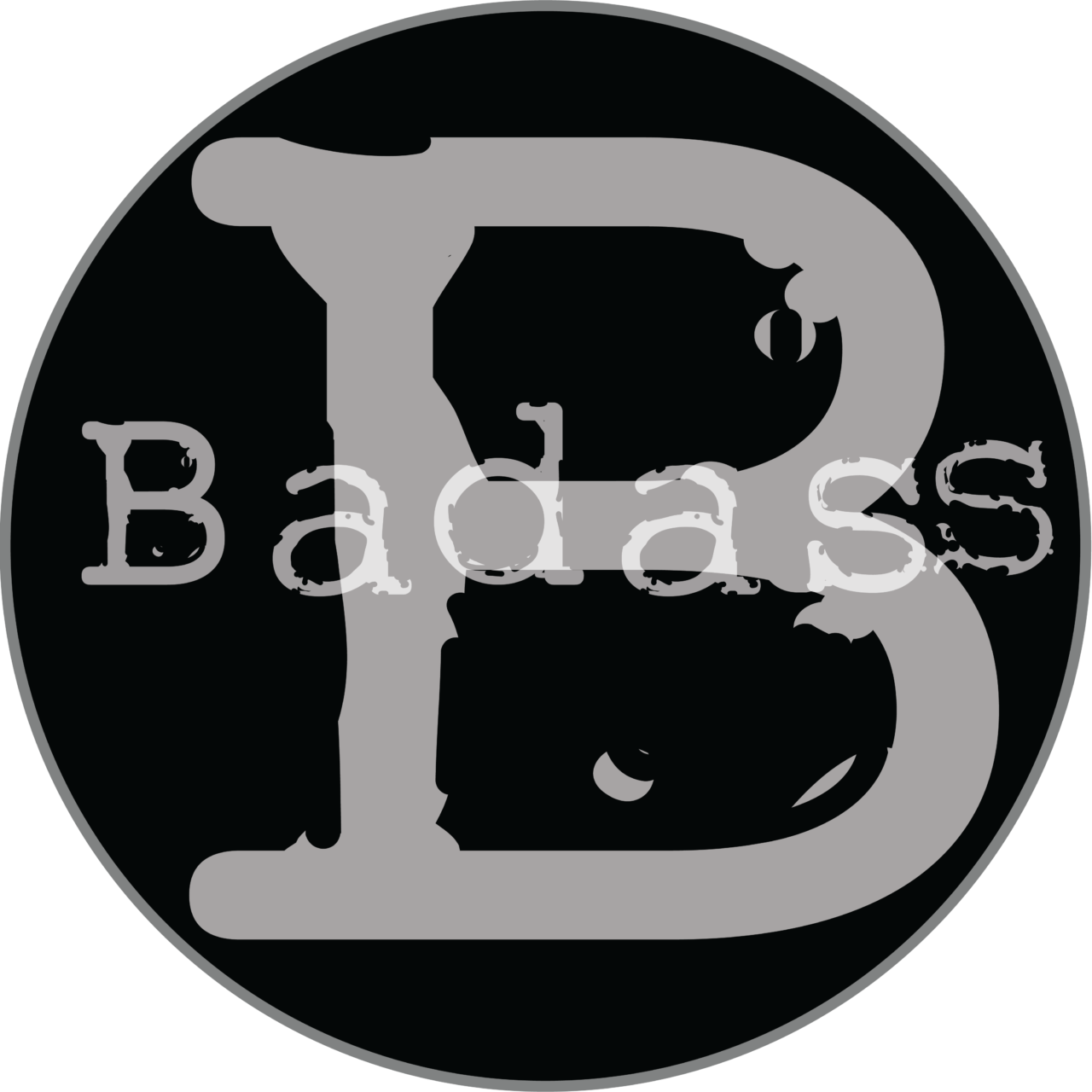Well…that’s not quite true. Storytellers worldwide know that conflict is the central ingredient in a good tale. Every story, every screenplay needs it.
Yes, of course, it depends on your audience. Hallmark and Lifetime types of feature films are famous for their minimal conflict. And they represent a huge and growing audience.
But other than those, a story with no conflict isn’t going anywhere. Even slice-of-life productions contain conflict. Without conflict, your script is on a path to nowhere. Not commercially, and certainly not forward on any literary trajectory.

Important: Conflict doesn’t mean violence
Even children’s stories need conflict. That doesn’t mean a schoolyard fight or a bullying incident. It could be as simple as a kid not wanting to do her homework before playing video games. Or a teenager who wants to play with his phone at the dinner table.
Conflict doesn’t mean your hero has to fight with an antagonist, whether physically, intellectually, or otherwise. Although conflict is certainly present in all of those things.
But conflict can also be internal. For example, your character wants to call or text his love interest, but he’s scared. That’s an internal conflict.
Or it can be external. For example, your character is lost in the woods and it’s cold. That’s a conflict with the environment.
It can even be invisible
What if two characters aren’t yelling at each other. They’re not glaring at each other or making rude gestures. They’re not speaking to each other. They don’t even make eye contact. Can they still be in conflict?
Absolutely! If you’ve ever given or received the ‘silent treatment’ you know that conflict isn’t always active. But invisible conflict is challenging to show in film, so sharpen your conflict chops.
Every single scene should show conflict
When planning and writing your screenplays, it’s a good habit to build conflict and change into every scene.

Yes. You read that right. Every single scene.
But wouldn’t that be exhausting for the viewer? Don’t I need to build in some breathing time too?
No. Not with film.
When you have less than two hours to tell a story in approximately 100 scenes, plus or minus, you need to ensure that every single minute on screen matters. In order to ‘matter’ the scene must demonstrate change and conflict.
Again, it’s important to understand how to define ‘conflict.’
But how can I include conflict into my script?
Especially since it’s a comedy/drama/romance (insert whatever seemingly innocuous non-war/non-horror genre you wish).
My desktop thesaurus, which I keep handy in my dock, offers copious word choices for ‘conflict:’ Other word sources provide even more.

Some of these feel bloody. Others almost peaceful. Note the vast differences between, say, tiff and slugfest or war. Yet they are all perfect examples of conflict.
Conflicts happen every hour of our ordinary lives. Learning to recognize them as such is the first step to presenting them naturally in our storytelling. And practice how to highlight your story’s conflicts without being formulaic or obvious.
Check this list of synonyms
The synonyms for conflict in the box range from the ridiculous to the sublime. But they all describe some sort of conflict.
Try to match one of them to every scene in your script. But keep in mind this is not an exhaustive list. Still, it should help guide you to identify the type of conflict in most of your scenes.
Conflict Words
- action, affray, altercation, anger, antagonism, antipathy, argument, armed conflict, at odds, attack
- bad blood, battle, battle royal, brawl, bully
- campaign, catfight, clash, collision, combat, come to blows, competition, confrontation, contention, contest, contradiction, criticism, crossfire
- debate, demeaning, difference, difference of opinion, disagreement, discord, discrepancy, disharmony, disputation, dispute, dissension, disturb, divergence, divide, divided loyalties, dogfight, draw blood, duel
- encounter, engagement, enmity, exchange ·face-off, falling-out, feud, fight, fighting, fissure, fistfight, fisticuffs, force, fracas, fray, free-for-all, friction
- gall, grate
- horse race, hostility
- ill will, incompatibility, incongruity, inconsistency
- jar
- kick in the butt/ass
- lack of congruence
- miff, military action, mismatch, misunderstanding, mix-up
- nail biter
- opposition
- passage of/at arms, punch-up
- quarrel
- rancor, row
- schism, scuffle, scrap, scrimmage, scrum, set-to, shouting match, showdown, slugfest, spat, squabble, strife, struggle
- ·tangle, tiff, torture, tug-of-war, tussle
- ·variance, vengeance
- war, war of words, warfare, warring, wrangle
Note: You may find your scenes don’t fit any of the synonyms listed, but they still clearly show their characters in conflict.
For example, your protagonist is a teenage girl who sobs in her room and refuses to answer her mother’s knock. Is there conflict in the scene?
Yes, plenty! Daughter is conflicted internally, with herself and her own emotions and whatever is making her cry; and daughter conflicts directly with her well-meaning mother.
More resources
But there’s no obvious synonym for conflict from the list that describes that scenario. Just keep in mind that even though you can’t make a word fit, it doesn’t mean your scene needs a revamp. There are a whole lot of verbs that show conflict in action but aren’t direct synonyms.
Now it should be clearer how your non-boxing, not-a-war-story screenplay can demonstrate conflict in each scene without your characters necessarily coming to fisticuffs or drawing blood.

We’ve assembled some of our favorite resources on conflict to help you further understand the nuances of this essential part of any story. There are several excellent articles and videos on the subject. I recommend you budget time to read and view them all.
And you can also take a look at the Badass Beat Board™ Conflict Chamber™ guide, which gives you play-by-play specifics as to how to manage your screenplay’s on-screen conflicts.
Happy writing!
Want to know when we publish a new article? Sign up for alerts.


